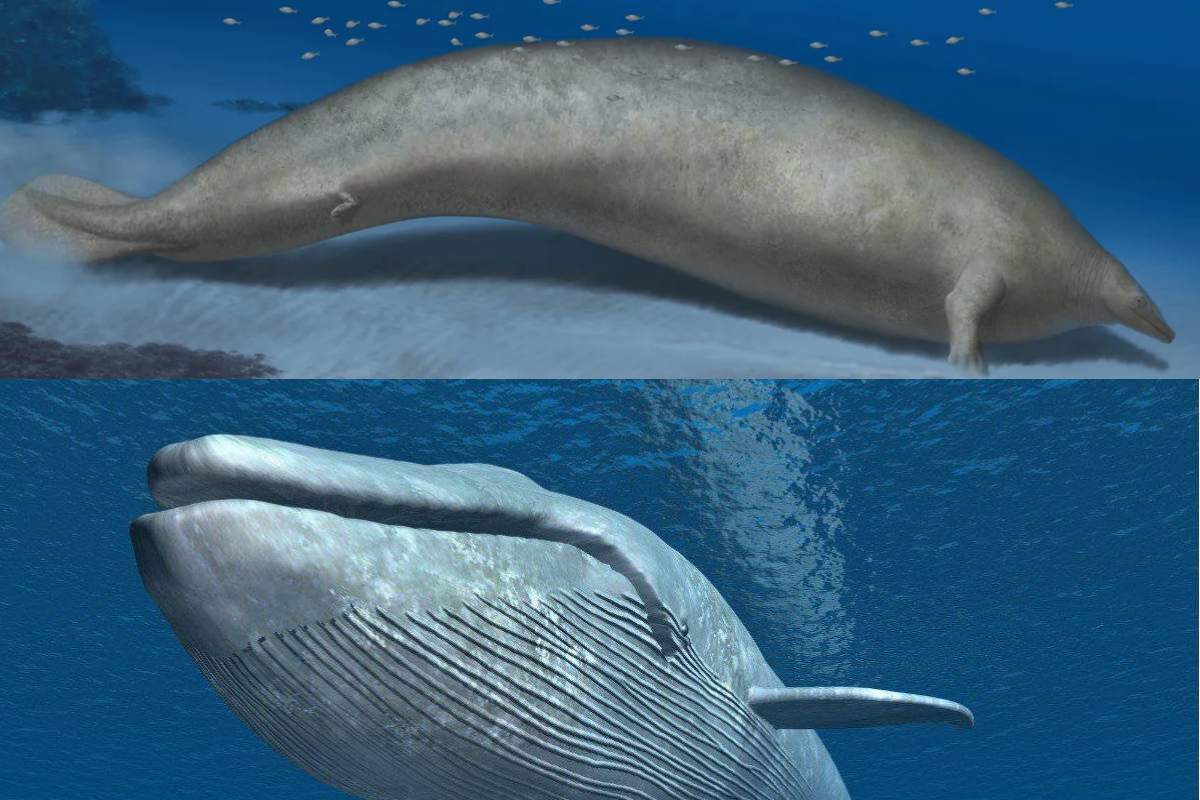An ancient massive whale discovered in Peru could possibly be the heaviest animal ever reported. According to new research, the body mass ranged between 85 and 340 metric tons (which is 187,393 to 749,572 pounds) and these proportions belong to the Perucetus colossus, which is now extinct.
In concordance with expert Giovanni Bianucci, who is the lead author of the study, the animal could surpass the mass of the blue whale, which had been previously thought of as the heaviest animal, with the largest body mass ever recorded. The study, published on Wednesday, July 2 in the Nature Journal, says that the partial skeleton of the Perucetus had 13 vertebrae, 4 ribs, and a hip bone, and it measured between 17 and 20 meters in length.
Additionally, it has also been stated that this now-extinct whale likely weighed 2 or 3 times more than the blue whale, which currently is as heavy as 149.6 metric tons. According to Bianucci “Perucetus could have weighed almost two blue whales, three Argentinosaurs (a giant sauropod dinosaur), over 30 African bush elephants, and as many as 5,000 people.” He stated over an email explaining the characteristics of this colossal mammal.
The study began in 2006 in the Ica Valley, which is located in Southern Peru. The finding is the result of “intense activity” in the area, which revealed that it was “one of the most important fossil vertebrate assemblages of the Cenozoic Era.” This event took place about 66 million years ago and probably saw the heaviest animal in history swimming in the waters of the world.

